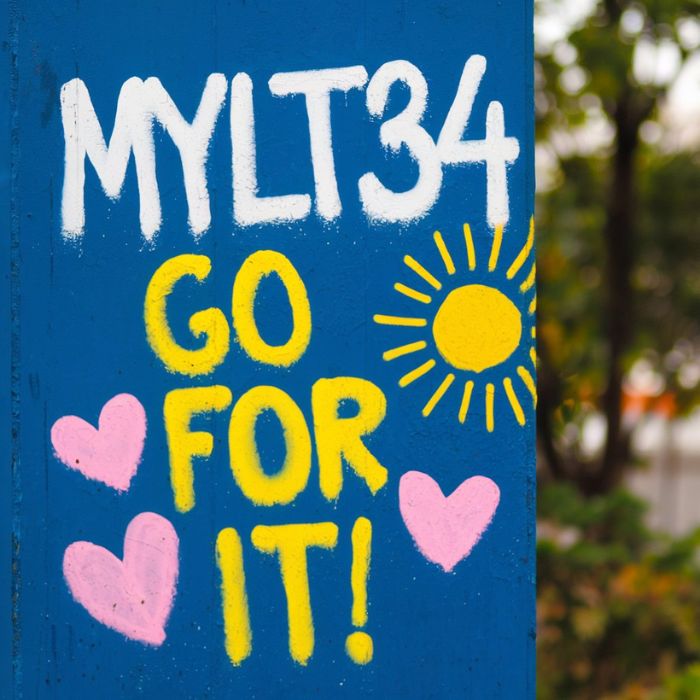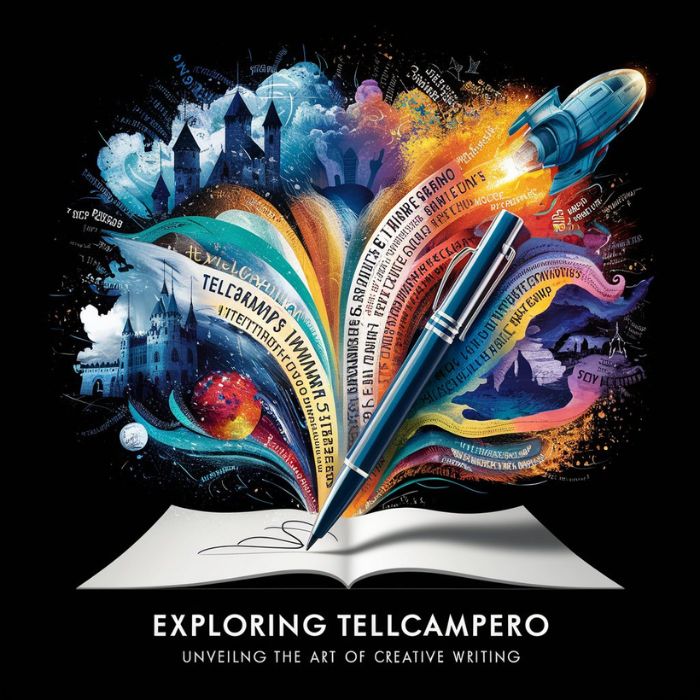Creative writing continuously evolves, introducing new methods that challenge conventional storytelling. The MYLT34 technique is a groundbreaking approach, pushing boundaries and redefining how we engage with narrative. MYLT34’s origins, principles, and applications, revealing how it transforms creative writing. By the end, you’ll understand MYLT34’s potential to revolutionize your writing process.
The Origins of MYLT34
MYLT34 emerged from a need to break free from traditional narrative structures. Writers were searching for methods that would enable them to experiment more freely with form and content. They wanted to craft stories that defied predictable patterns, engaging readers in unexpected ways. The creators of MYLT34 were inspired by a mix of literary movements, including surrealism and postmodernism. They blended these influences to develop a technique that allows for both structure and spontaneity.
Understanding the Core Principles of MYLT34
At its core, MYLT34 emphasizes flexibility and creativity. It encourages writers to abandon rigid structures and explore new possibilities. The technique is built on three main pillars: multiple perspectives, layered narratives, and thematic threads. Each pillar serves as a foundation for crafting stories that are complex and engaging.
Multiple Perspectives
The first pillar, multiple perspectives, challenges writers to view the story from various angles. Rather than following a single protagonist, MYLT34 encourages the inclusion of multiple voices. Each perspective adds depth to the narrative, allowing readers to experience the story from different viewpoints. This technique not only enriches the plot but also provides a more immersive reading experience.
Layered Narratives
Layered narratives are the second pillar of MYLT34. This principle involves weaving together several storylines that intersect at key points. Each layer contributes to the overall narrative, creating a tapestry of interconnected events. Writers using MYLT34 often employ flashbacks, parallel plots, and non-linear timelines to enhance the complexity of their stories.
Thematic Threads
The third pillar, thematic threads, binds the narrative elements together. These threads are recurring motifs or ideas that run throughout the story, providing coherence. MYLT34 encourages writers to subtly weave these themes into the narrative, allowing them to emerge naturally. This technique ensures that the story remains cohesive despite its complexity.
Applying MYLT34 in Your Writing
Incorporating MYLT34 into your writing may seem daunting at first. However, by breaking it down into manageable steps, you can gradually master the technique. Start by identifying the main themes you wish to explore in your story. These themes will serve as your guiding threads, helping you maintain focus as you develop the narrative.
Next, experiment with multiple perspectives. Begin by writing from the viewpoint of different characters, exploring how each perceives the events. This exercise will help you develop a richer, more nuanced story. Once you are comfortable with this, try layering your narrative. Introduce subplots that intersect with the main storyline, adding depth and intrigue.
Finally, revisit your thematic threads. As you weave them into the story, ensure they are subtle yet impactful. They should not overpower the narrative but instead, provide a sense of unity. By following these steps, you can effectively apply MYLT34 to your writing, creating stories that are both innovative and engaging.
Examples of MYLT34 in Action
To fully understand MYLT34, it’s helpful to see it in practice. Let’s examine how this technique has been applied in literature. Consider a story where multiple perspectives reveal the truth behind a crime. Each character’s viewpoint offers a piece of the puzzle, with the final twist only becoming clear when all perspectives are considered. The layered narrative might include flashbacks that gradually reveal the motivations behind the crime, while thematic threads of justice and morality run throughout.
Another example could be a novel that follows several parallel plots, each seemingly unrelated at first. As the story progresses, connections between the plots emerge, creating a complex web of relationships. Thematic threads of fate and free will might be woven through the narrative, tying the disparate elements together.
These examples demonstrate how MYLT34 can be used to craft stories that are both intricate and cohesive. By embracing this technique, writers can push the boundaries of conventional storytelling, creating works that are truly original.
The Benefits of Using MYLT34
Using MYLT34 offers several advantages for writers. Firstly, it allows for greater creative freedom. The technique encourages experimentation, enabling writers to break free from traditional narrative constraints. This freedom can lead to the development of unique and compelling stories that stand out in a crowded literary landscape.
Secondly, MYLT34 enhances reader engagement. By presenting multiple perspectives and layered narratives, the technique invites readers to actively participate in the story. They must piece together the different elements, creating a more interactive reading experience. This engagement can result in a deeper emotional connection to the story and its characters.
Finally, MYLT34 promotes thematic depth. The use of recurring motifs and ideas helps to reinforce the story’s themes, adding layers of meaning. This depth can elevate a simple plot into a thought-provoking narrative that resonates with readers on multiple levels.
Challenges of MYLT34 and How to Overcome Them
While MYLT34 offers numerous benefits, it also presents challenges. One of the main difficulties is maintaining coherence. With multiple perspectives and layered narratives, it can be easy for the story to become disjointed. To overcome this, it’s crucial to plan your narrative structure carefully. Outline the key plot points and how they intersect, ensuring that each element contributes to the overall story.
Another challenge is balancing complexity with clarity. MYLT34 encourages intricate storytelling, but it’s important not to overwhelm the reader. Strive for clarity in your writing by clearly defining each perspective and narrative layer. Use transition words and phrases to guide the reader through the story, making it easier for them to follow the plot.
Finally, it can be difficult to weave thematic threads subtly. The key is to integrate these themes naturally into the narrative, rather than forcing them. Allow them to emerge from the characters’ actions and the plot’s developments. By doing so, you can create a story that is both complex and accessible.
Conclusion
The MYLT34 technique represents a new frontier in creative writing, offering a fresh approach to storytelling. By embracing multiple perspectives, layered narratives, and thematic threads, writers can craft stories that are both innovative and engaging. Although it presents challenges, the benefits of using MYLT34 far outweigh the difficulties. With practice and perseverance, you can master this technique, unlocking new possibilities for your writing. As the literary world continues to evolve, MYLT34 stands out as a powerful tool for those looking to push the boundaries of creative expression.











